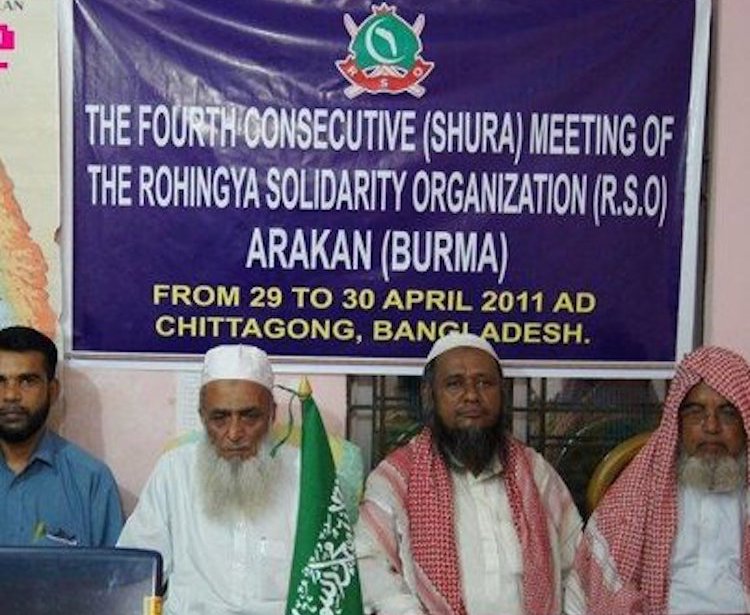By Lisa Vives, Global Information Network
NEW YORK (IDN) — A leak from the world’s fifth biggest diamond mine in northern Angola is causing an “unprecedented environmental catastrophe,” researchers at Kinshasa University are reported to say.
The leak threatens some two million people in the Democratic Republic of Congo, according to Raphael Tshimanga, director of the Congo Basin Water Resources Research Centre. The group’s website has highlighted the spill on its website—calling on Congolese policymakers to prevent the spread of the pollution disaster.
“There is an urgent need for a monitoring strategy to assess the damage, and to propose mitigation and remediation measures. Actions include ensuring an immediate cessation of pollutants discharge into rivers from the source in Angola.”
The escaping waste filled waterways with sediment before the breach was sealed, Sociedade Mineira de Catoca (Catoca Mining Company) said in a statement seen by Reuters.
The spill has killed a “significant number of fish and other animal species living in the contaminated waters,” Congo’s environment minister Eve Bazaiba said, adding that pollution was at the “door of Kinshasa”, Congo’s capital and home to some 12 million people.
“We can confidently say that this pollution is from heavy metals that have surged into the river and our worry is that it should get into the food chain,” Tshimanga said.
The disaster was viewed via satellite imagery and observers reported that a reservoir used to store mining pollutants was breached on July 15 in a diamond-mining area between Lunda Sul and Lunda Norte provinces.
“We have never seen such huge pollution in the Congo river,” Tshimanga said to a Reuters reporter. “It is still increasing, the consequences are beyond what we could imagine. This is a catastrophe. It’s an unprecedented environmental catastrophe.”
Two tributaries of the Congo River, the Tshikapa and Kasai rivers, turned red, killing fish and causing diarrhoea amongst communities along their banks, Tshimanga said. There are reports hippopotamuses have also died, he said.
“It could pollute natural reservoirs and aquifers. If this is the case it could take years, decades to resolve this issue.”
The breach was sealed by August 9, according to the report, which added that Catoca has given local residents baskets of basic goods to lessen the impact of the leak on waterways.
The open-pit mine is owned and operated by Sociedade Mineira de Catoca, a joint venture of the state-run mining company Endiama (32.8%), Russia-based diamond producer Alrosa (32.8%), China Sonagol (18%), and the Brazilian construction giant Odebrecht Mining (16.4%).
The diamond mine produced 6.7million carats (Mct) of rough diamonds and earned revenue of $579m in 2012. It accounts for about 6% of the world diamond production and about 70% of Angola’s diamond output.
Meanwhile, a Washington Post columnist urges readers to rethink their views on the glittering rock.
“Diamonds, I’m sorry to say, aren’t Beyoncé’s best friend,” writes Karen Attiah, “even if the Grammy Award-winning artist and her new corporate partner, Tiffany and Co., would like to make it so.”
Tiffany’s latest ad campaign features Beyoncé, husband Jay-Z—and the famed 128.54 carat yellow Tiffany diamond, discovered in South Africa in 1877 at the Kimberley Mine by Charles Lewis Tiffany, Attiah writes.
Beyoncé is only the fourth woman—and first Black woman—to wear the glamorous necklace, the campaign crows.
“Tiffany may be trying to rebrand, but it has badly misjudged the ethos of the moment,” says Attiah. “Its campaign does not celebrate Black liberation—it elevates a painful symbol of colonialism. It presents an ostentatious display of wealth as a sign of progress in an age when Black Americans possess just 4 percent of the United States’ total household wealth. If Black success is defined by being paid to wear White people’s large colonial diamonds, then we are truly still in the sunken place.” [IDN-InDepthNews – 29 August 2021]
Photo: Satellite image of the Catoca diamond mine from June 21, 2001. The light-red point in the north-east of the mine is a bush fire. Source: Wikimedia Commons.
Visit us on Facebook and Twitter.
We believe in the free flow of information. Republish our articles for free, online or in print, under Creative Commons Attribution 4.0 International, except for articles that are republished with permission.

